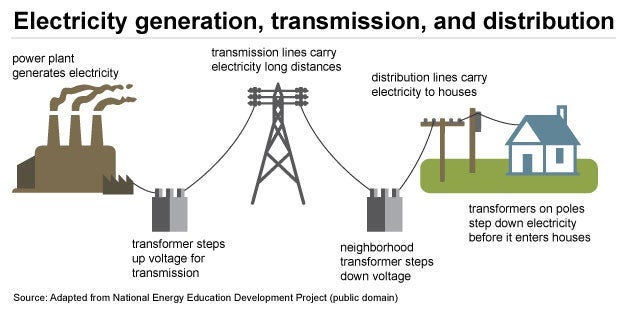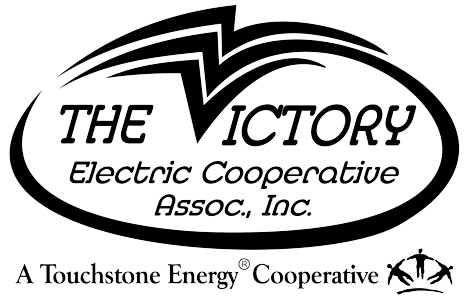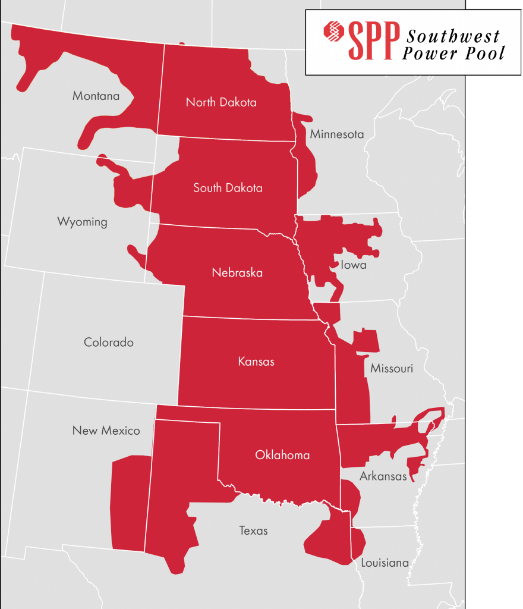If you are experiencing a power outage, please call our office at 620-227-2139 or 800-279-7915. Thank you!

Imagine what your job would be like if you could not store your product – not even for a short period of time until a transport truck arrives. If you are a farmer or a manufacturer, imagine if the grain you grow or the milk your cows produce, or the widgets you build had to instantly go from harvest or production to immediate consumption. Lastly, imagine the demand for your product never stops and can vary wildly throughout the day, but you always had to produce the exact right amount with no shortages or overages.
That is what electric cooperatives do every day to keep the lights shining bright.
To meet this challenge electric utilities like Victory Electric rely on a complex and interconnected electric grid to deliver power to homes and businesses across America the instant it is needed. The tricky thing about electricity is that it must be used, or moved to where it can be used, the second it is produced.
There are two parts to power supply: generating (or contracting for bulk supplies) electricity at wholesale prices and transmitting it across the electric grid to local cooperatives for distribution. The U.S. electric grid consists of hundreds of thousands of miles of high-voltage power lines and millions of miles of low-voltage power lines with distribution transformers and that together connect thousands of power plants to hundreds of millions of electricity consumers.
Electricity is generated at power plants by Generation and Transmission cooperatives (G&Ts), who transmit power generated from sources such as coal, natural gas, nuclear, wind, solar, water and biomass, through a vast grid of high-voltage lines over long distances to where consumers need it. Higher voltage electricity is more efficient and less expensive for long-distance electricity transmission. G&Ts do not provide electricity directly to consumers. Instead, they sell power generated at their facilities directly to distribution cooperatives like Victory Electric, city municipalities, and other utilities.
Distribution cooperatives are the foundation of the electric cooperative network. They are the direct point of contact with consumers like you. A local electric cooperative purchases wholesale power (from a G&T) and delivers it to consumers by reducing the voltage and transferring it to smaller distribution lines that allow it to safely travel to your local homes and businesses.
Regardless of location, it will always be a local electric utility who operates the electric distribution system connecting consumers with generation sources and the vast electric grid. However, the retail structure of the utility varies from region to region. The company selling you power may be a not-for-profit electric cooperative owned by its members, a municipal electric utility; or a private, for-profit electric utility owned by stockholders (often called an investor-owned utility).

